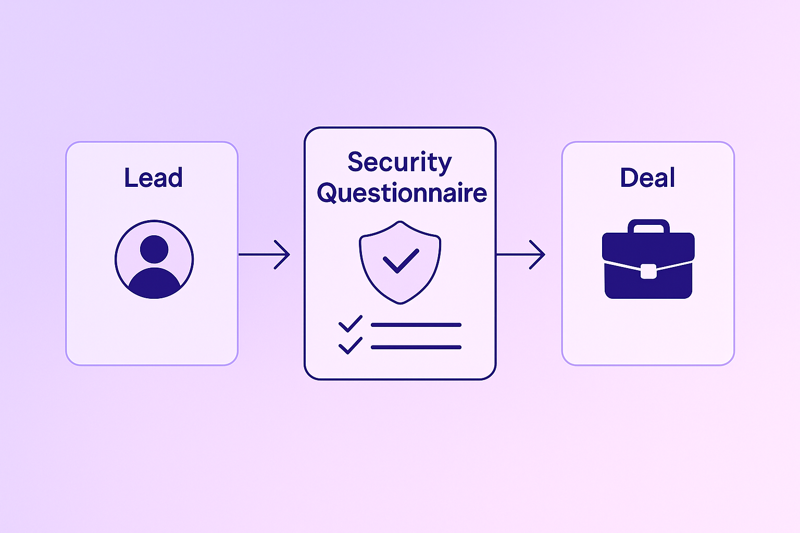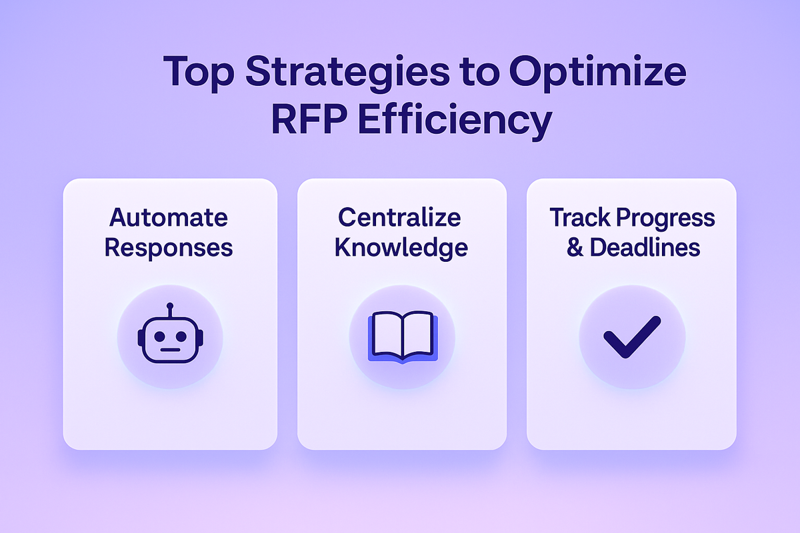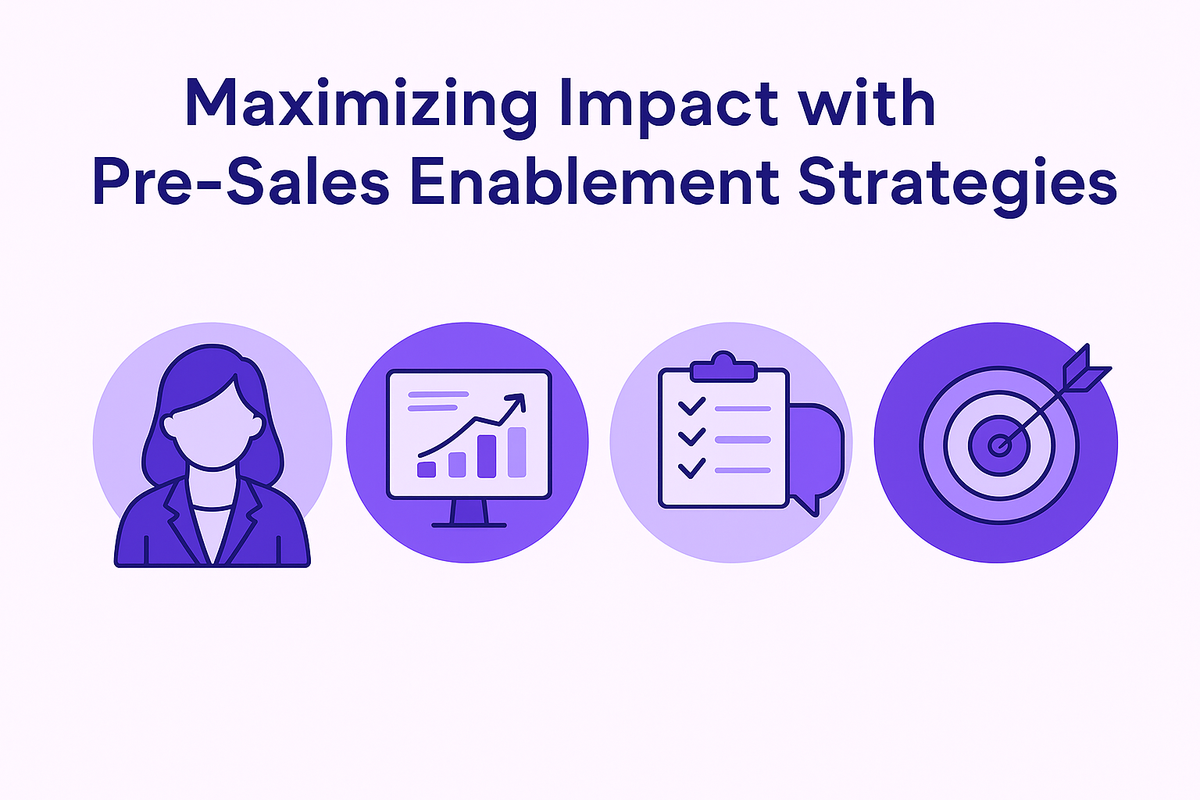Win Deals Faster with Security Questionnaires
August 8, 2025
By
Evie Secilmis

Win More Deals with Security Questionnaires
In today’s world of rising data breaches and regulatory scrutiny, businesses are more selective than ever when choosing who to work with. One of the most important tools in this evaluation process is the security questionnaire — a structured set of questions designed to assess an organization’s security practices and compliance posture.
By completing security questionnaires accurately and proactively, you not only satisfy client requirements but also build trust, credibility, and confidence — key ingredients in winning more deals.
What Is a Security Questionnaire?
A security questionnaire is a standardized document that helps companies evaluate the cybersecurity readiness of vendors and partners. It covers policies, protocols, and certifications that demonstrate how your organization protects sensitive data.
Security questionnaires are essential during the vendor selection or procurement process — ensuring potential partners adhere to acceptable data protection standards and compliance frameworks like SOC 2, GDPR, or HIPAA.
👉 Learn more about these frameworks in What Is SOC 2? (And Why It Matters for Vendor Trust).
Why Security Questionnaires Matter
Security questionnaires are more than just compliance checklists — they’re a competitive advantage. They demonstrate your organization’s commitment to safeguarding client data, helping you:
- Identify and mitigate potential vulnerabilities
- Prove compliance with security and privacy regulations
- Build trust and confidence with potential clients
- Differentiate from competitors who lack rigorous protocols
In a marketplace defined by risk, transparency in your security posture can be the deciding factor that wins or loses a deal.
For more on how automation impacts trust and transparency, read What Is Proposal Automation (and Why It Matters).
How to Build an Effective Security Questionnaire
A strong security questionnaire should give clients a clear, structured understanding of your data protection measures. To achieve that, it should include questions about:
- Data encryption methods and secure transmission protocols
- Access control mechanisms and role-based permissions
- Incident response plans for handling security breaches
- Compliance certifications (SOC 2, ISO 27001, HIPAA, etc.)
- Employee training programs on cybersecurity awareness
This comprehensive approach ensures that your organization presents a complete picture of its security maturity.
Collaborate Across Departments
Creating an effective questionnaire isn’t just an IT task — it requires input from security, legal, compliance, and operations teams. Collaboration ensures that your questionnaire is both technically accurate and aligned with client expectations.
Regularly revisiting and updating the questionnaire keeps it aligned with emerging threats and regulations, positioning your company as a forward-thinking, risk-aware partner.
Automation can simplify this process — see how in What Is Security Questionnaire Automation (and Why It Matters).
Tailor Your Responses for Each Client
While having a standardized questionnaire is essential, customization can make all the difference in closing deals. Tailor your responses to reflect each client’s industry, regulations, and pain points.
For example:
- A healthcare provider may prioritize HIPAA compliance.
- A fintech company may focus on encryption, SOC 2, and access control.
- A government contractor may require adherence to FedRAMP or NIST standards.
By personalizing your responses, you demonstrate commitment and competence — two qualities clients look for when assessing vendor risk.
Respond with Clarity and Precision
When completing questionnaires, clarity is key. Provide concise, jargon-free answers that directly address each question. Avoid overly technical language unless your audience is familiar with it.
Use plain explanations, include supporting visuals when appropriate, and make sure your security posture is easy to understand even for non-technical stakeholders.
Highlight Your Security Strengths
Security questionnaires are also your opportunity to showcase your strengths. Use them to highlight:
- Certifications and compliance audits (SOC 2, ISO 27001, etc.)
- Awards or recognitions related to data security
- Proactive measures your organization takes to mitigate risks
- Client testimonials or case studies that validate your credibility
Reinforcing your security achievements can elevate your brand and influence buyer confidence during competitive evaluations.
Follow Up and Build Relationships
After submitting your questionnaire, don’t just wait for feedback — follow up. Address any questions, clarify details, and provide additional documentation if needed.
This proactive communication demonstrates transparency and helps build long-term trust with the client, even before a deal is signed.
Integrate Questionnaires into Risk Management
Security questionnaires aren’t just for procurement—they’re a key component of a robust vendor risk management strategy.
By regularly reviewing your responses, you can:
- Identify gaps in your current security framework
- Stay ahead of emerging risks and compliance changes
- Strengthen your organization’s overall security posture
This continuous improvement loop ensures your organization remains resilient and compliant over time.
Automate Your Security Questionnaire Process
Manually responding to multiple security questionnaires can quickly become overwhelming. Automation tools like Iris can centralize and auto-fill approved responses, saving time and ensuring accuracy.
Automation enables teams to:
- Maintain a centralized repository of up-to-date answers
- Track and update responses across multiple clients
- Reduce manual errors and duplication
- Ensure alignment with the latest compliance standards
Learn more about how automation streamlines compliance workflows in What Is Procurement Automation (and Why It’s the Future of Vendor Management).
Common Challenges (and How to Overcome Them)
1. Time-Consuming Processes
Security questionnaires can take days to complete. Automating responses and creating reusable templates drastically reduces turnaround times.
2. Keeping Responses Up-to-Date
Regulations change constantly. Schedule regular reviews and subscribe to cybersecurity bulletins to stay ahead of new requirements.
3. Balancing Transparency and Confidentiality
Provide detailed, informative answers without exposing sensitive security details. For deeper disclosures, share information under NDAs or private review sessions.
Key Takeaways
- Security questionnaires are a critical part of vendor evaluation and trust-building.
- Clear, comprehensive, and personalized responses help you win more deals.
- Automating questionnaire responses improves efficiency and accuracy.
- Regular reviews ensure compliance with evolving regulations.
- A strong security posture differentiates your company in a crowded marketplace.
Share this post
Link copied!



















